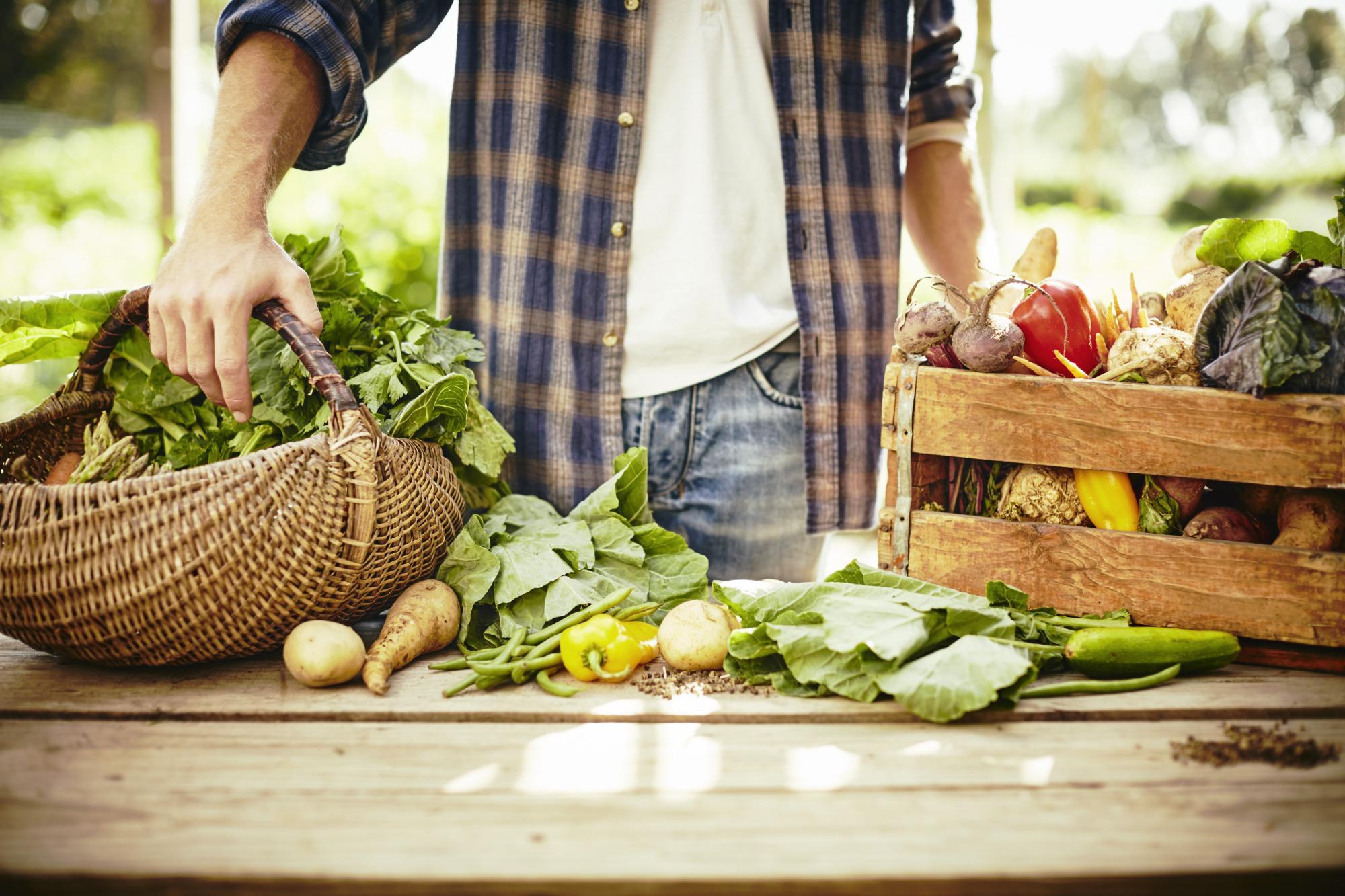
The Hidden Costs of Non-Organic Food
Tags:
While organic food may cost more than non-organic food, we have to think about the hidden costs of chemical agriculture and eating non-organic food in the long-run. Food is not just about dollars and cents—we also have our health and the environment to think about!
Chemical agriculture uses an array of pesticides that can pollute our water, soils and the air we breathe. They can also end up in our food chain. More than 16,000 pesticide products can be used in the U.S. alone—and data on the amount of pesticides applied in countries like the U.S. and Canada is extremely hard to find. Still, contamination from pesticides is a serious issue: in a long-term study by the United States Geological Society, pesticide compounds were found in streams almost 100% of the time. In Canada, some call for more monitoring of pesticides in water. Chemical agriculture also depletes soils and threatens biodiversity on a massive scale. Healthy soils are the basis of life and a major requirement for growing healthy food—some estimates claim that global soil loss costs us $400 billion USD per year. With organic farming, chemical fertilizers are prohibited and pesticides are severely restricted—organic farmers develop healthy, fertile soils by ensuring their nutrient-rich quality that grows strong and healthy crops.
Chemical agriculture can also impact our health. Scientific reviews carried out by the Canadian Association of Physicians for the Environment found that pesticide exposure may contribute to the development of health issues including neurotoxicity, reproductive outcomes, cancers, dermatologic effects, and respiratory problems like asthma. Based on these findings, the organization calls for reducing pesticide use and exposure to them. The World Health Organization points out that pesticides can be toxic to humans, and they thus need to be “used safely and disposed of properly”. Unfortunately, non-organic farming does not dispose of pesticides properly—rather they can end up polluting our water, air, and soils. Unfortunately, much of our food contains pesticide residues, and eating organic food is one way to avoid exposure to pesticides.
Many people today are concerned about how animals are treated by industrial farming. From not enough space, to lack of fresh air and natural light, to poor hygiene standards, many citizens and groups around the world are demanding higher standards for livestock production. In the U.K., supermarkets and restaurants are being urged to sign up to new welfare standards for farmed chickens, for example, because of growing concerns about inhumane conditions in the large-scale production of meat. Organic farms with animals, on the other hand, must follow animal welfare standards—like minimum indoor and outdoor spacing requirements. Under the Canada Organic Standard, section 6.13 (“Additional Requirements for Poultry”), for example, barn-raised meat chickens shall “have outdoor access on a daily basis by 25 days of age.” Routine use of drugs and antibiotics is also not allowed: under section 6.1.5, organic farmers must also gradually eliminate the use of chemical allopathic veterinary drugs, including antibiotics.
According to the Intergovernmental Panel on Climate Change, agriculture, forestry and land-use is the second leading contributor to greenhouse gas emissions after electricity and heat production. Deforestation for farming, the release of methane gas from livestock and the use of fertilizers that contain nitrogen are all ways agriculture contributes to rising greenhouse emissions. When it comes to non-organic versus organic farms, organic farms tend to release fewer greenhouse gas emissions and be more energy efficient. Organic farming also offsets greenhouse gas emissions through increased soil carbon sequestration and the reduced application of manufactured nitrogen fertilizers. Overall, studies have found that organic agricultural systems generally use less energy, pollute soils and waters less and emit fewer greenhouse gas emissions.

